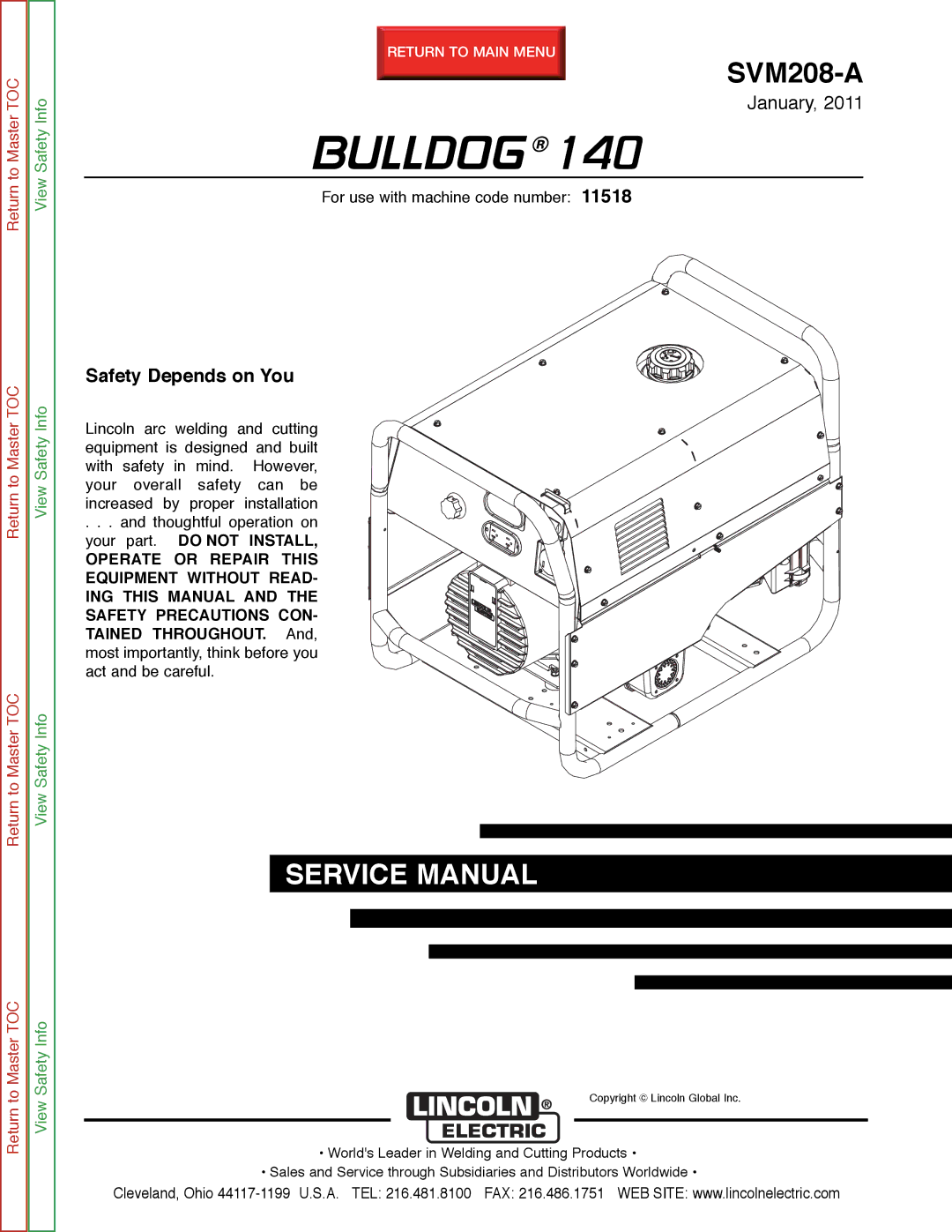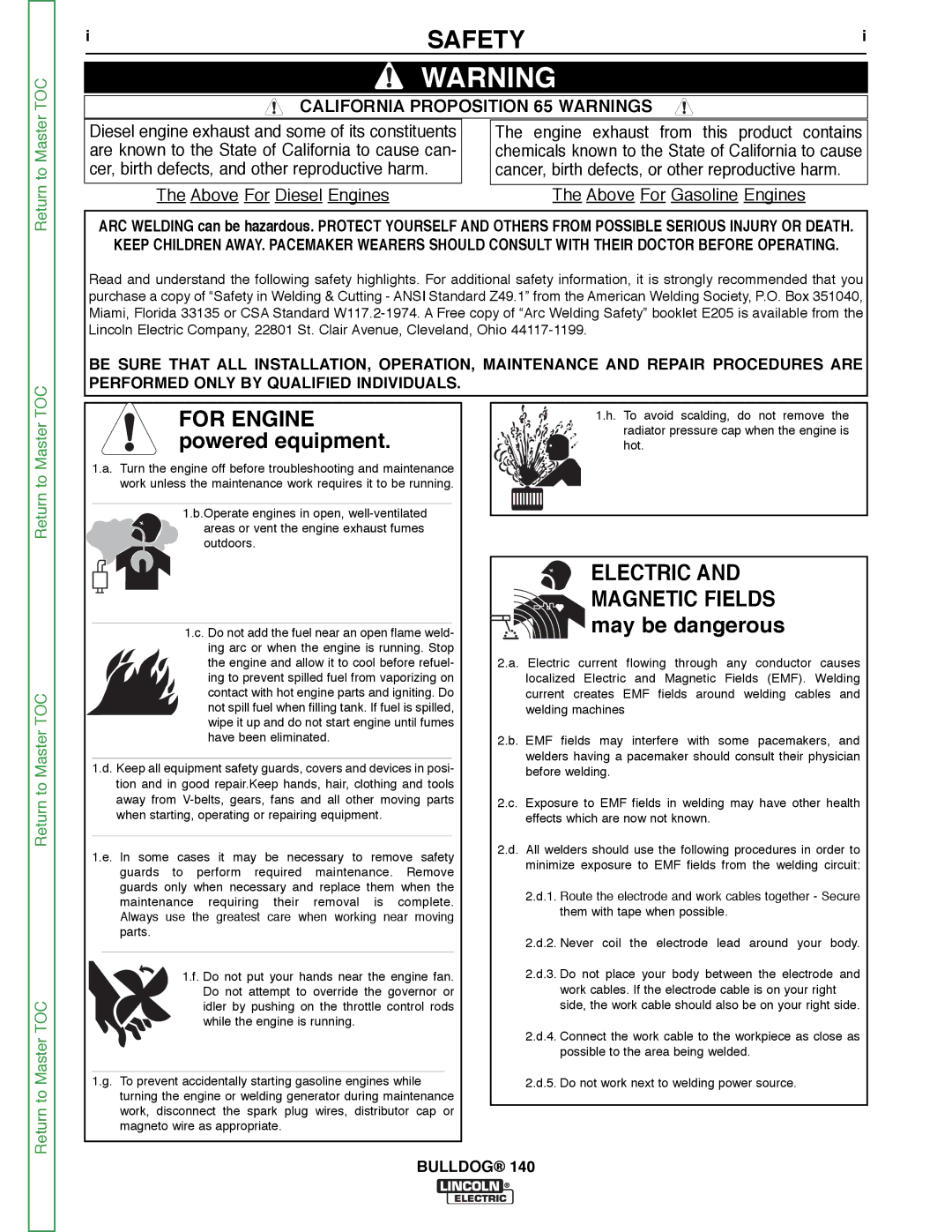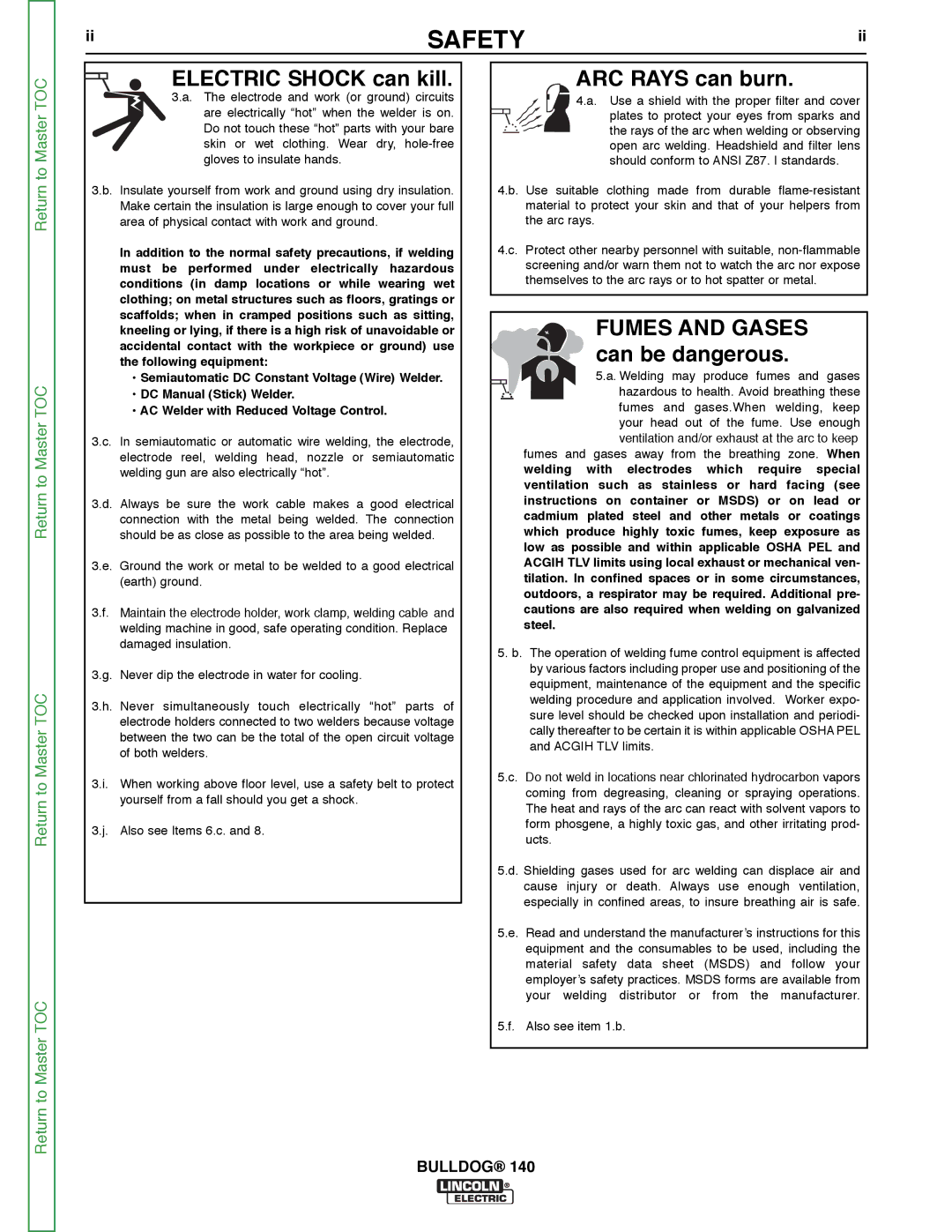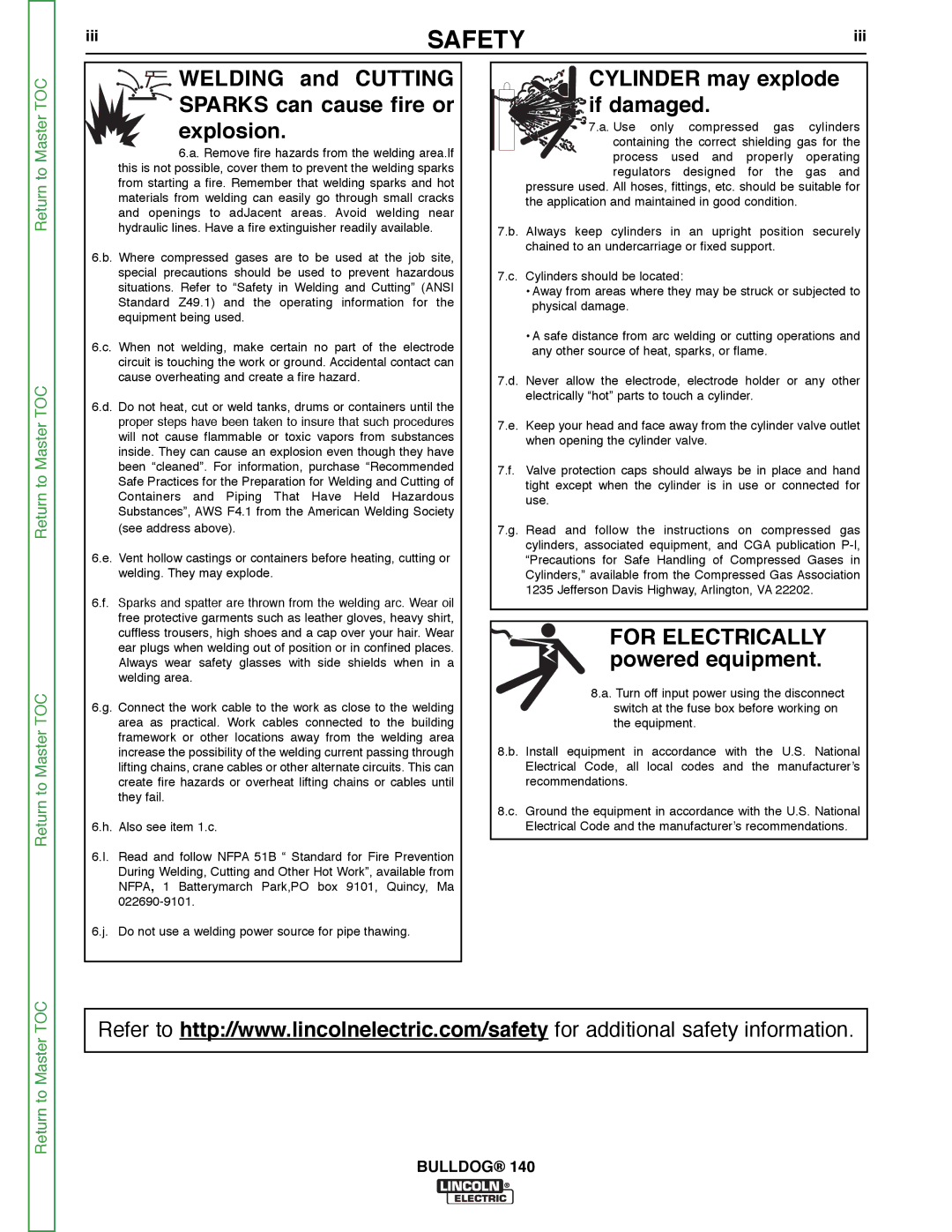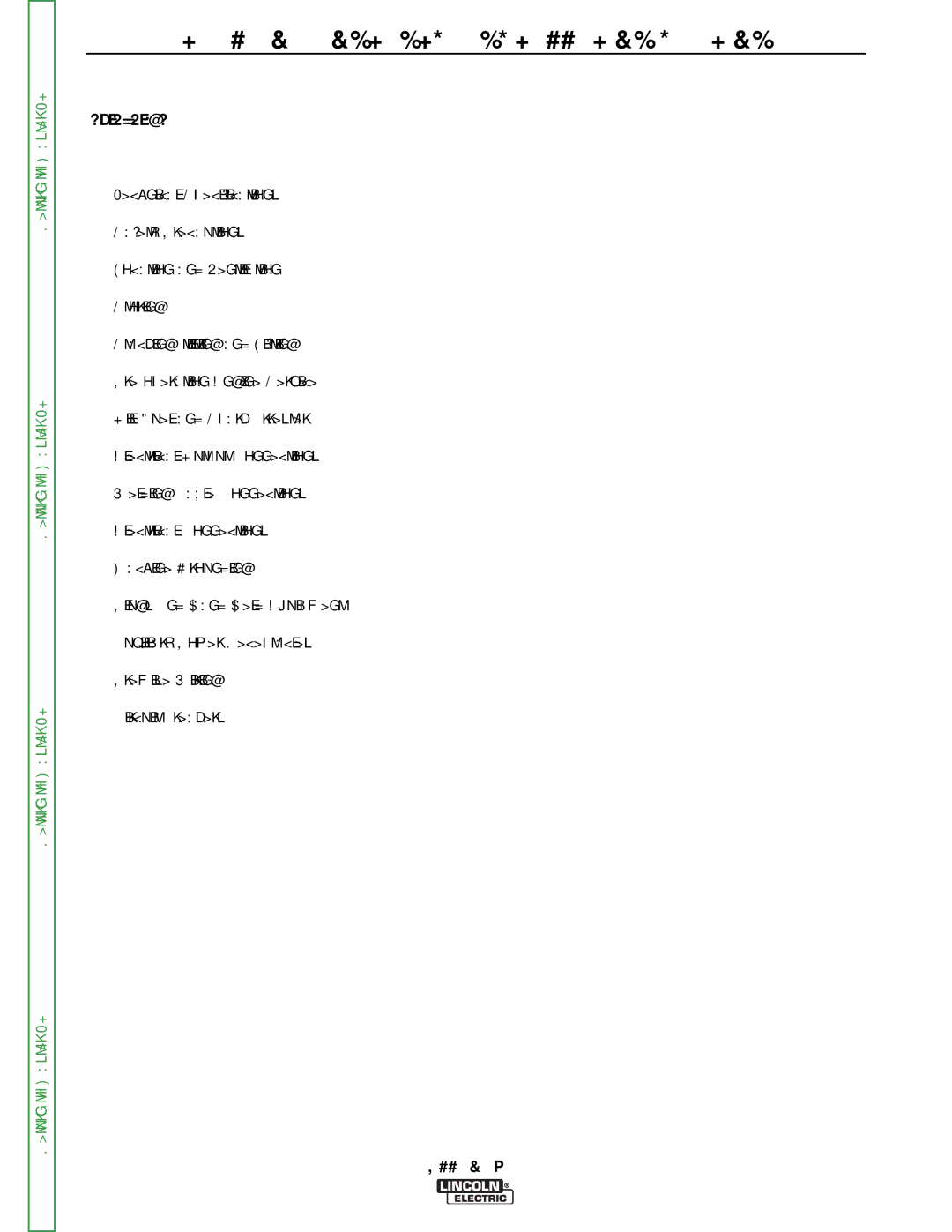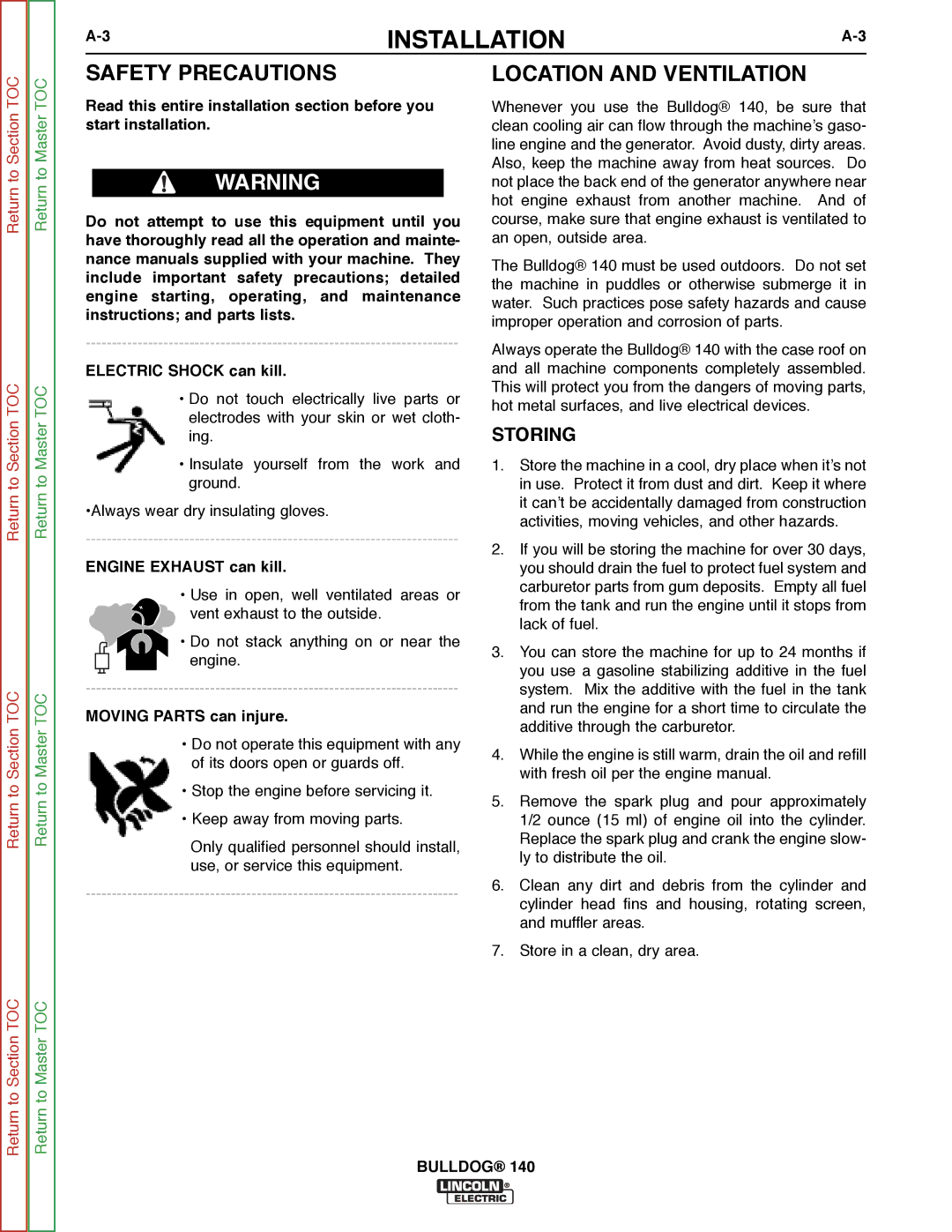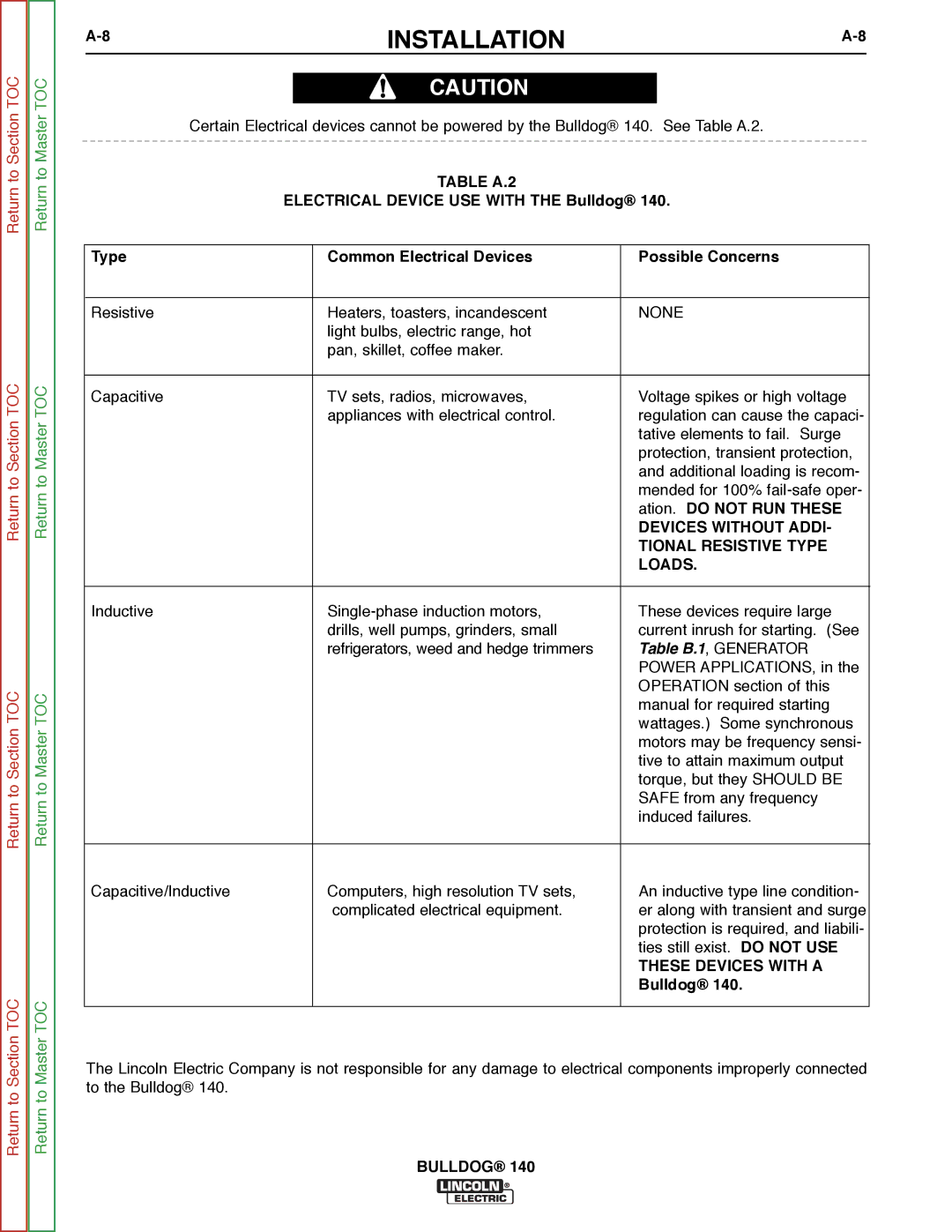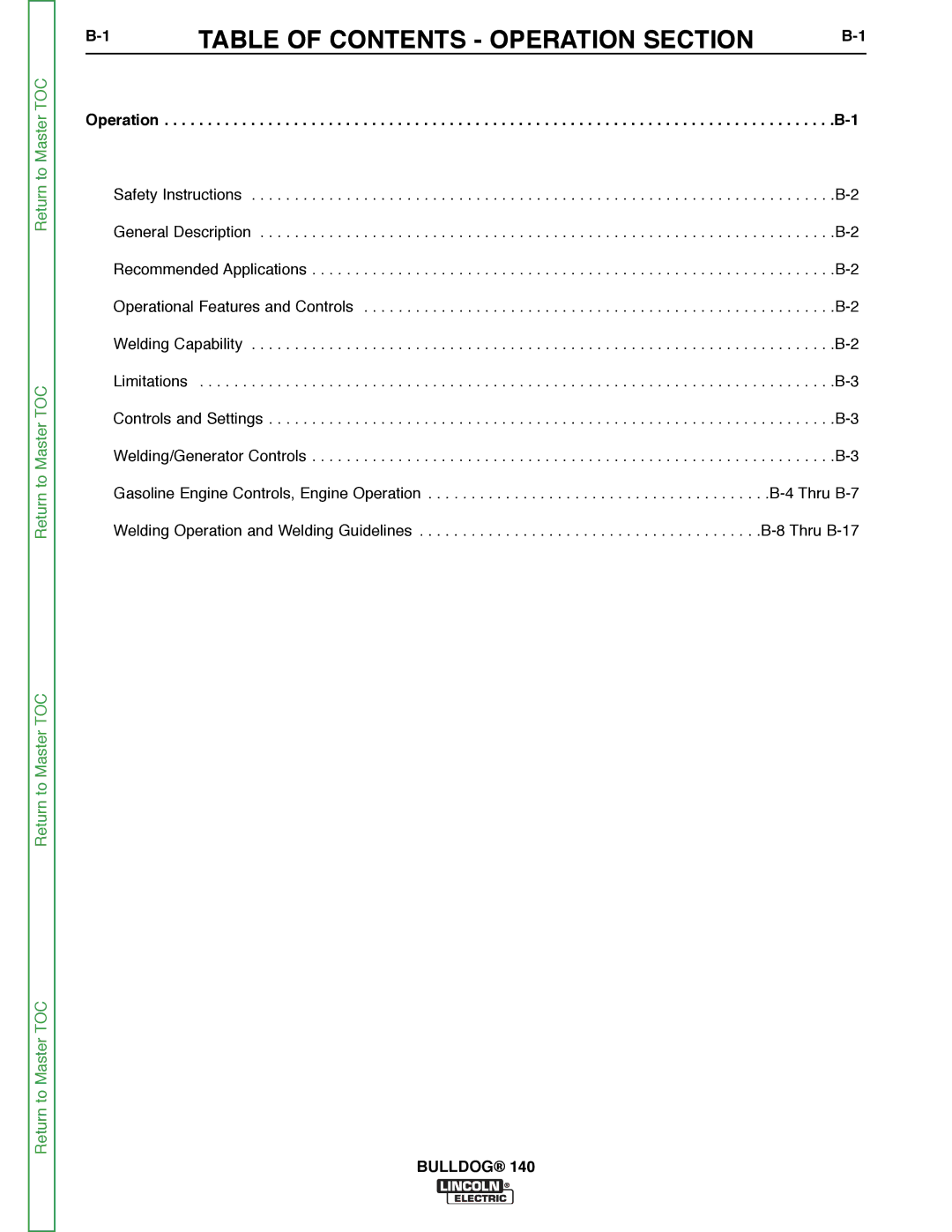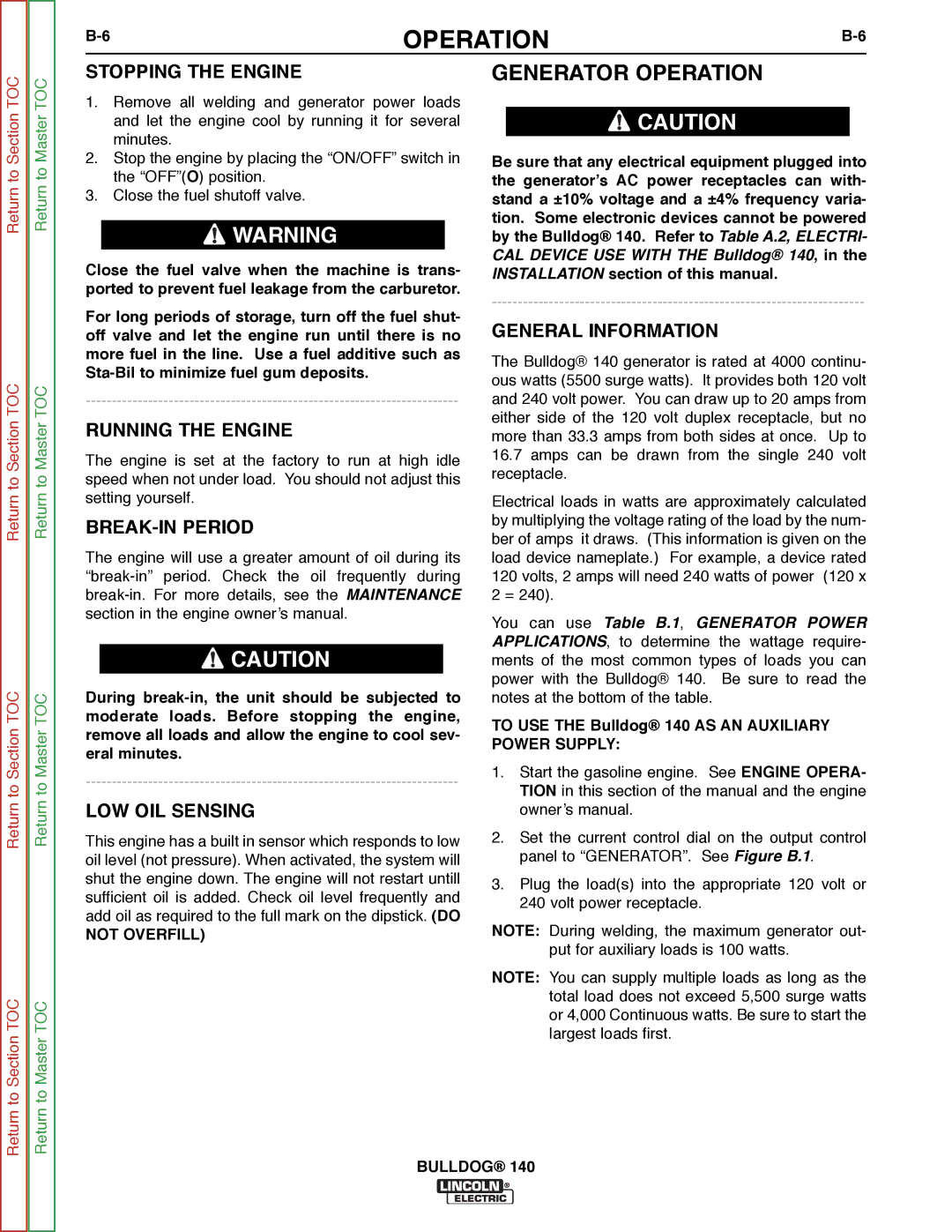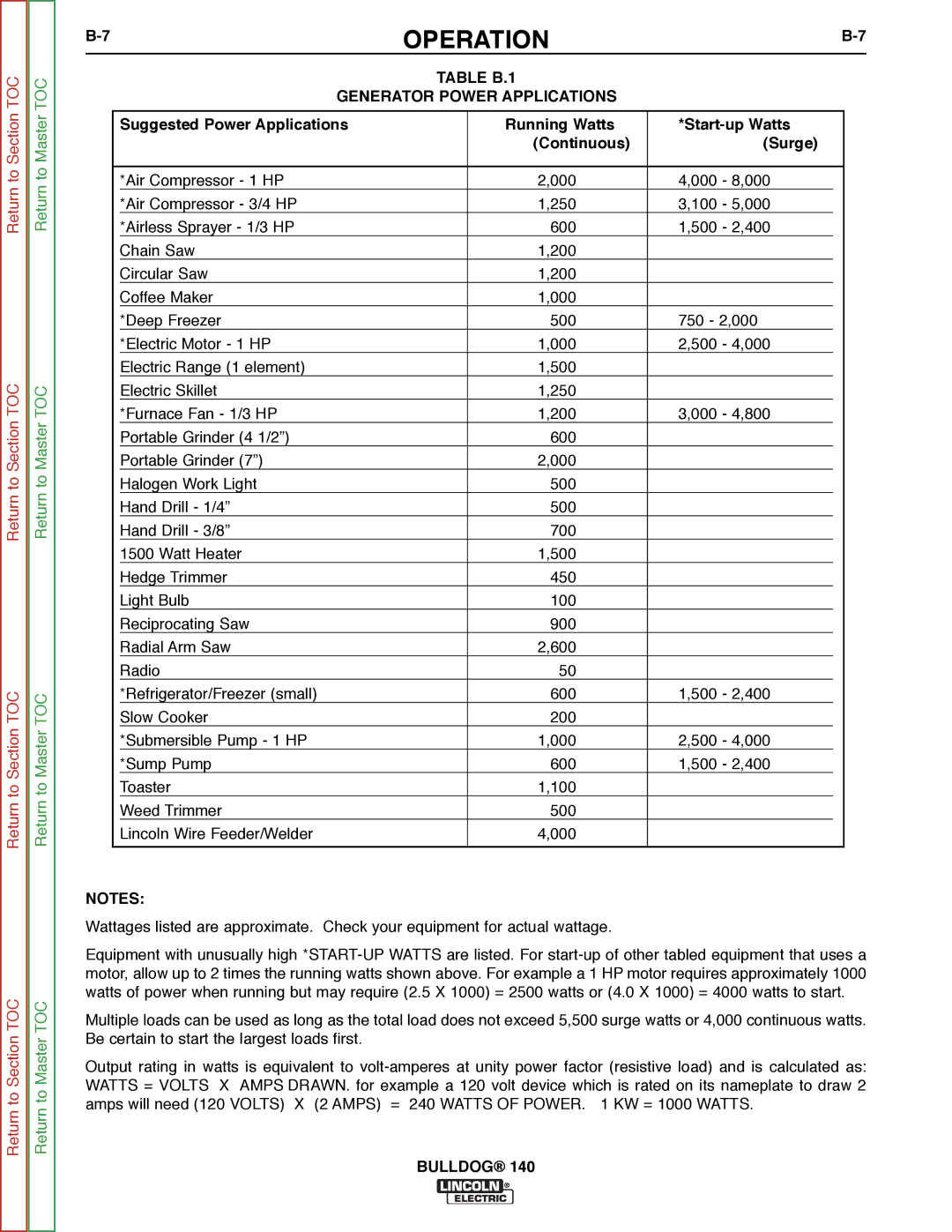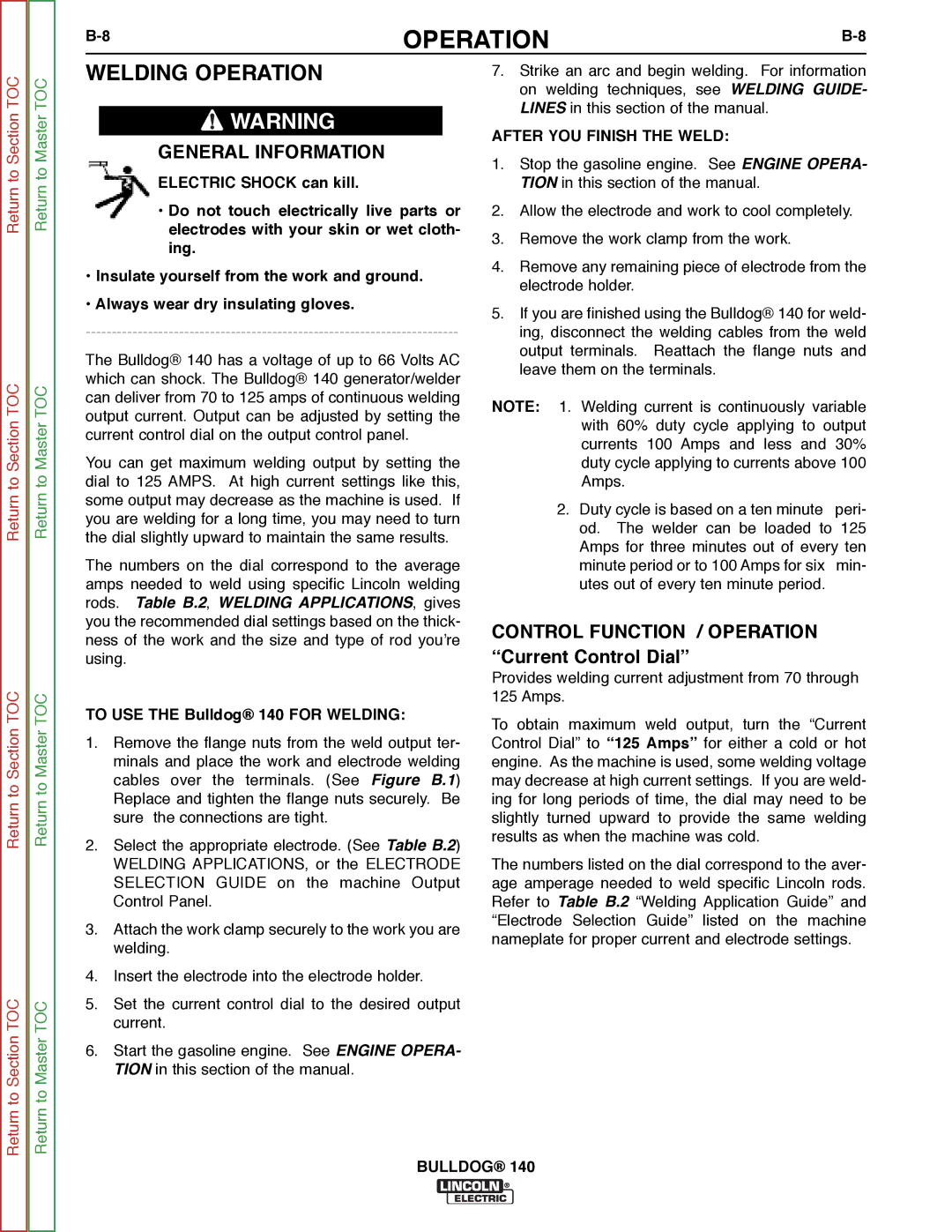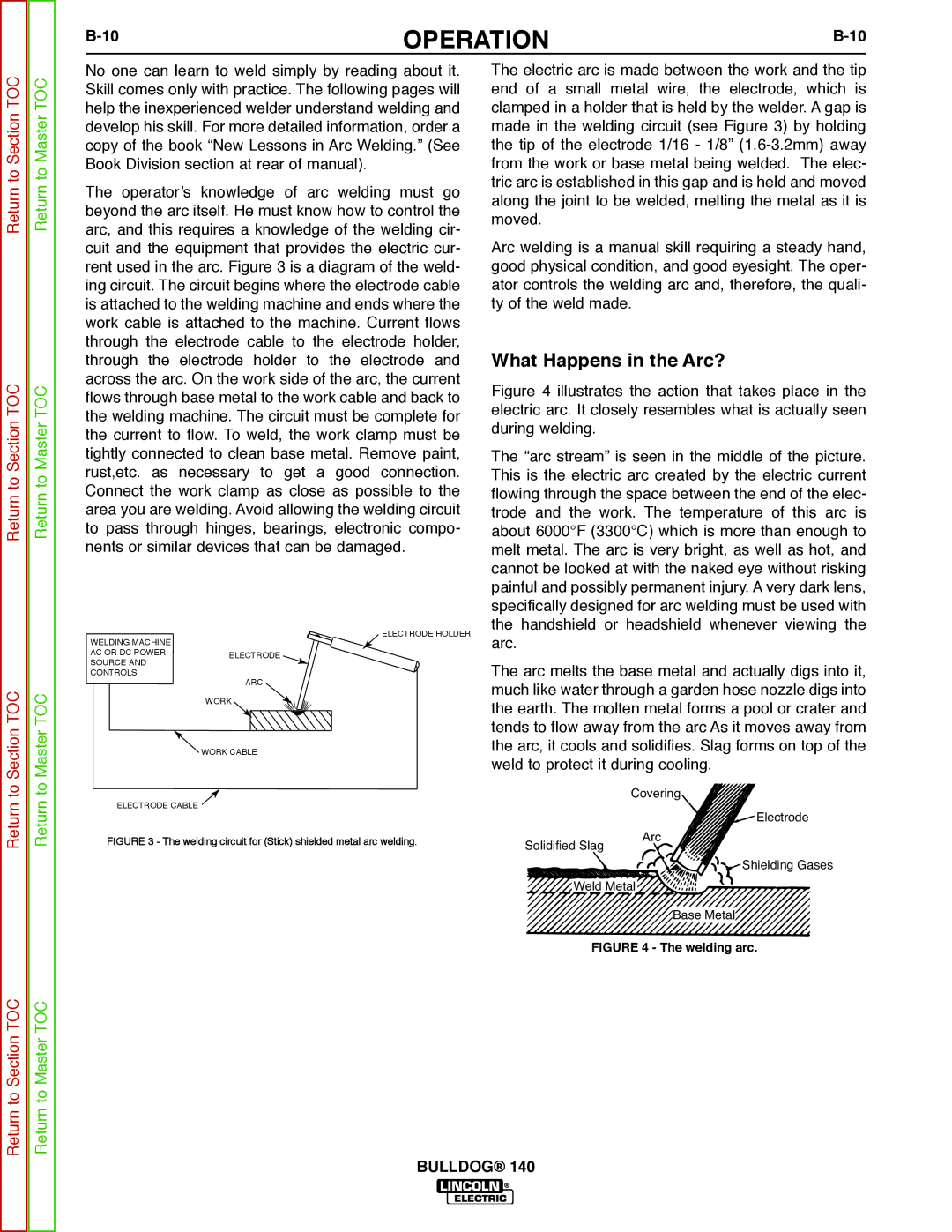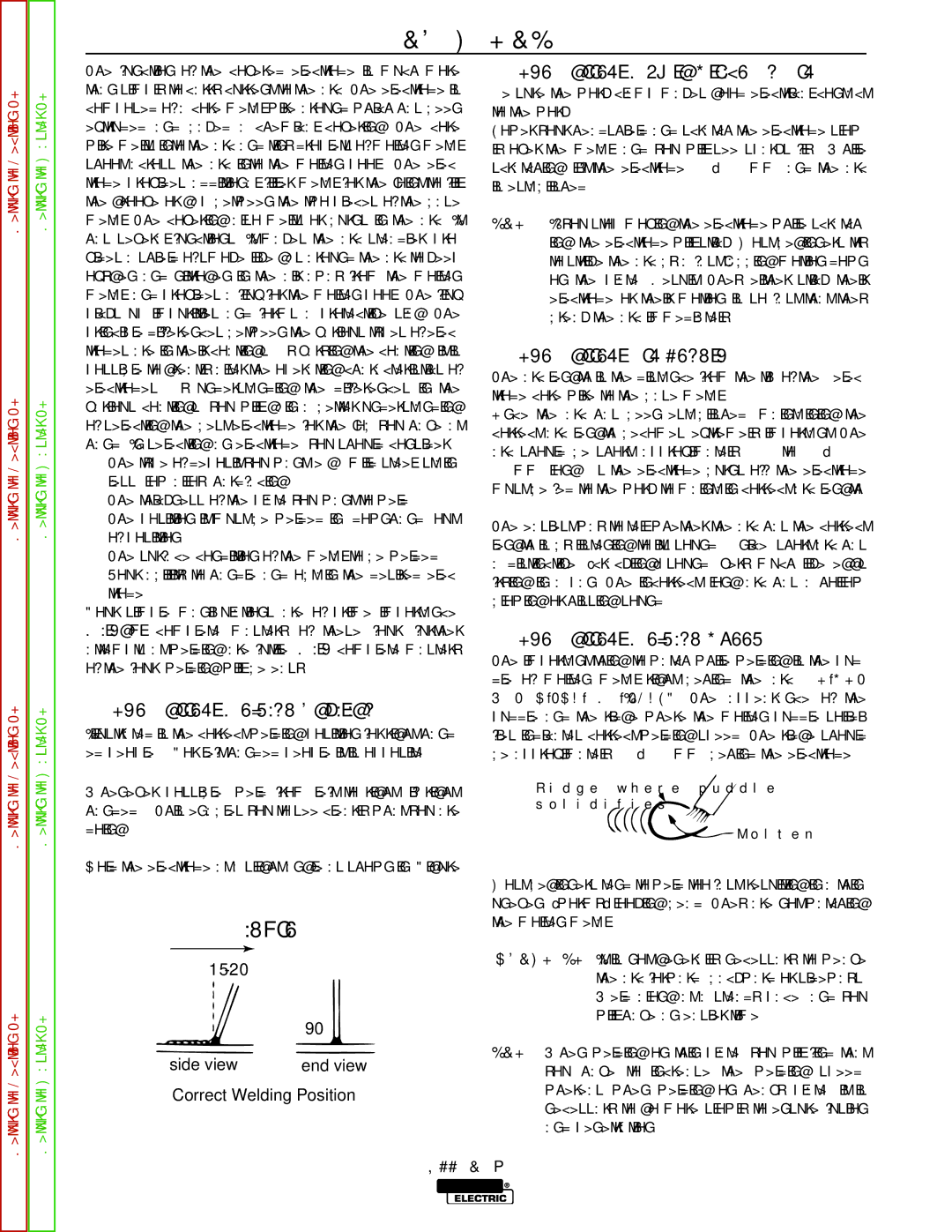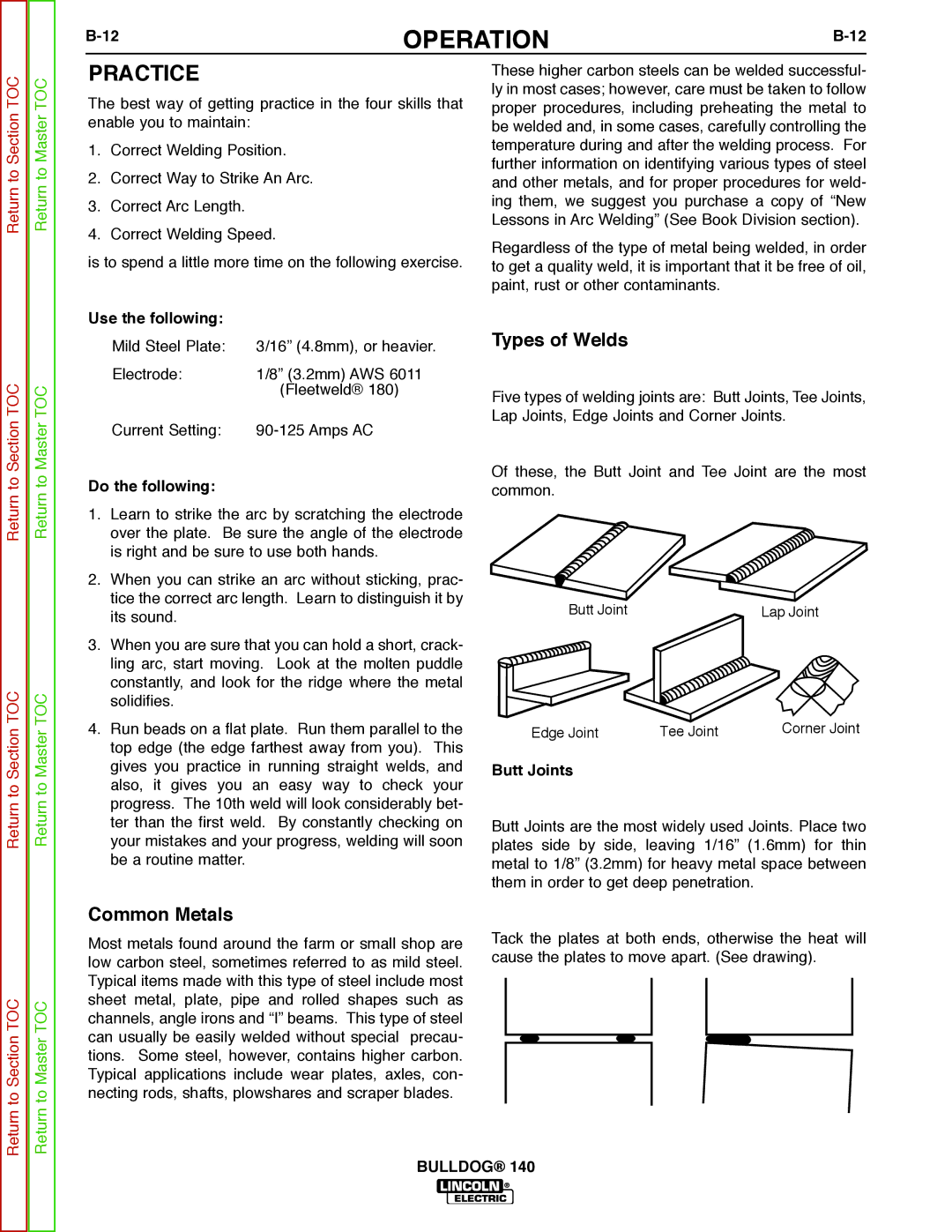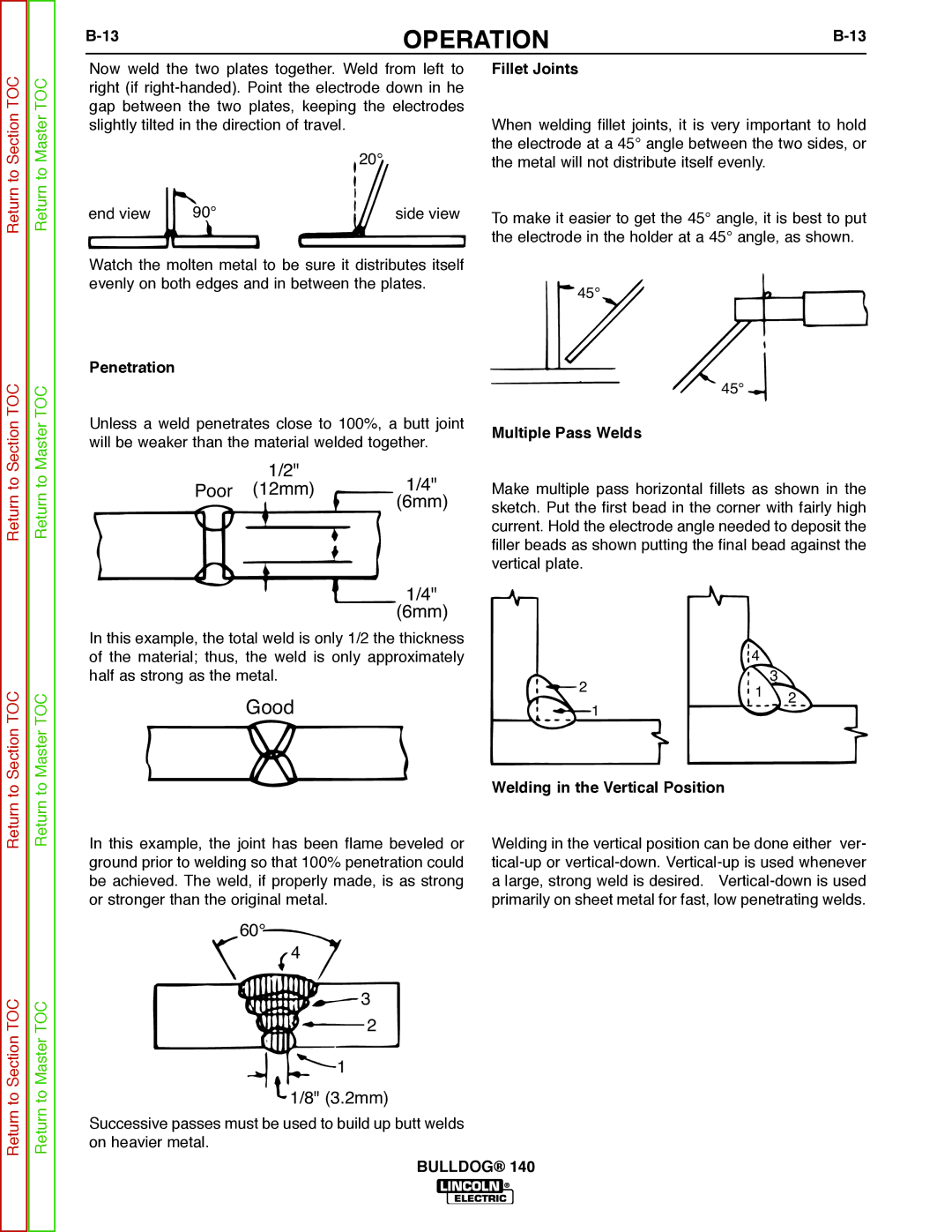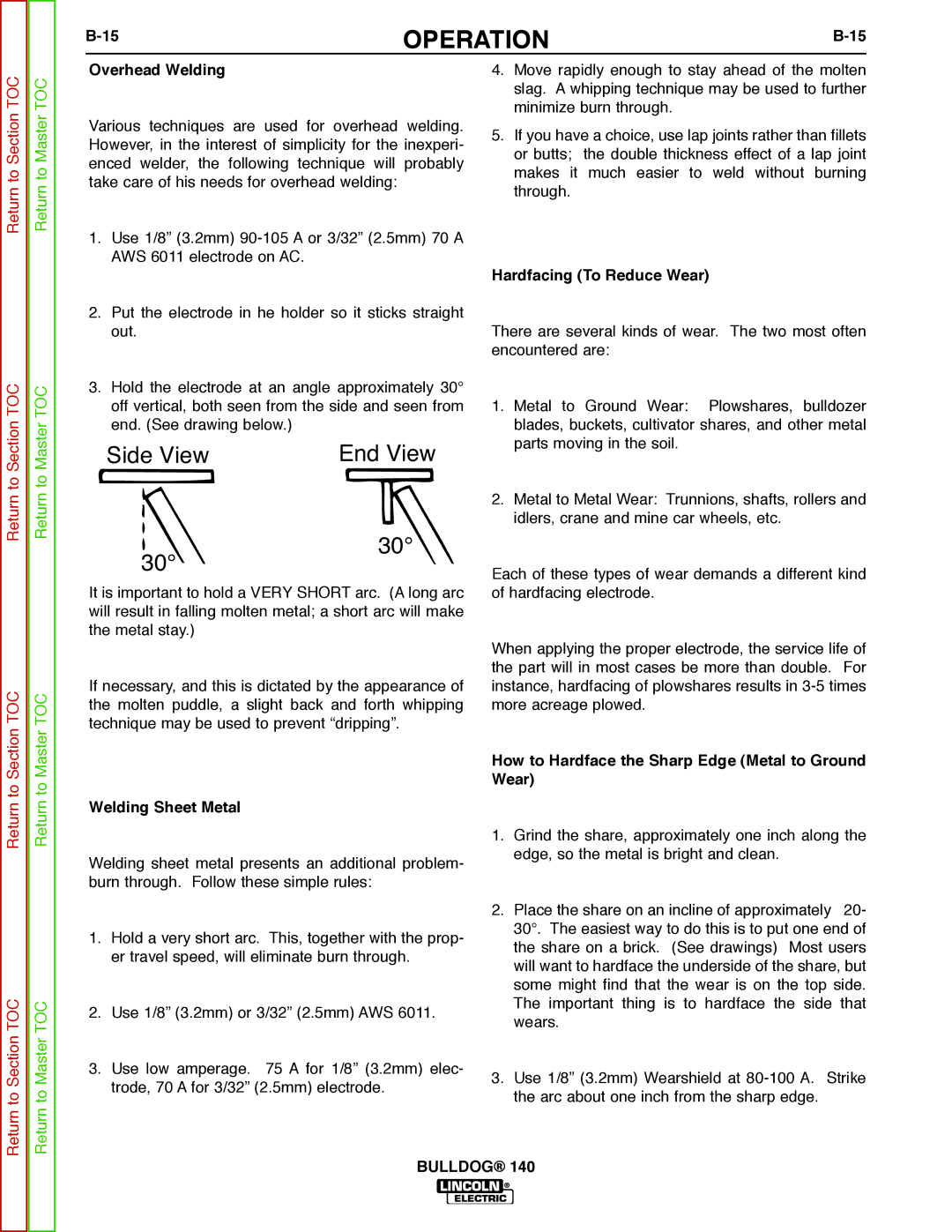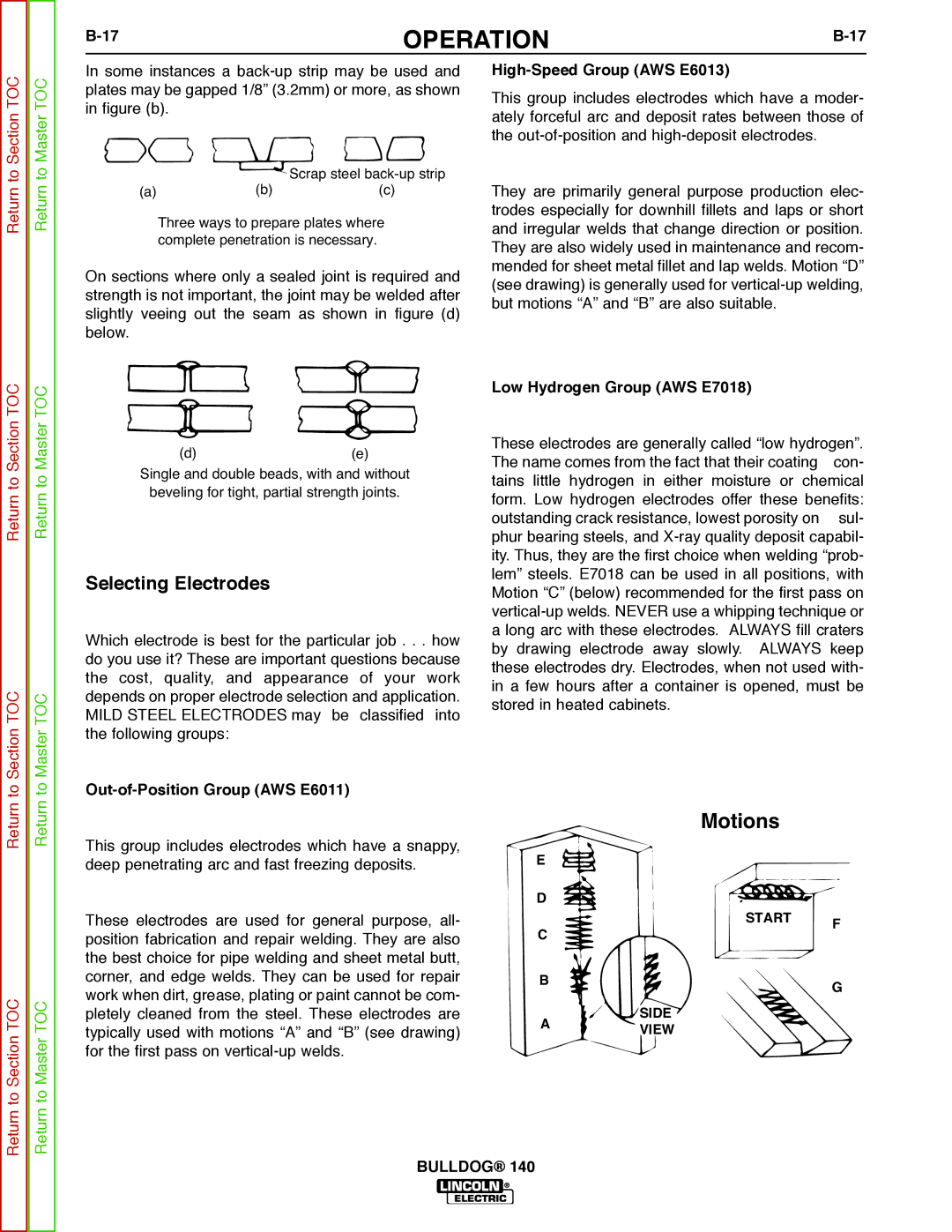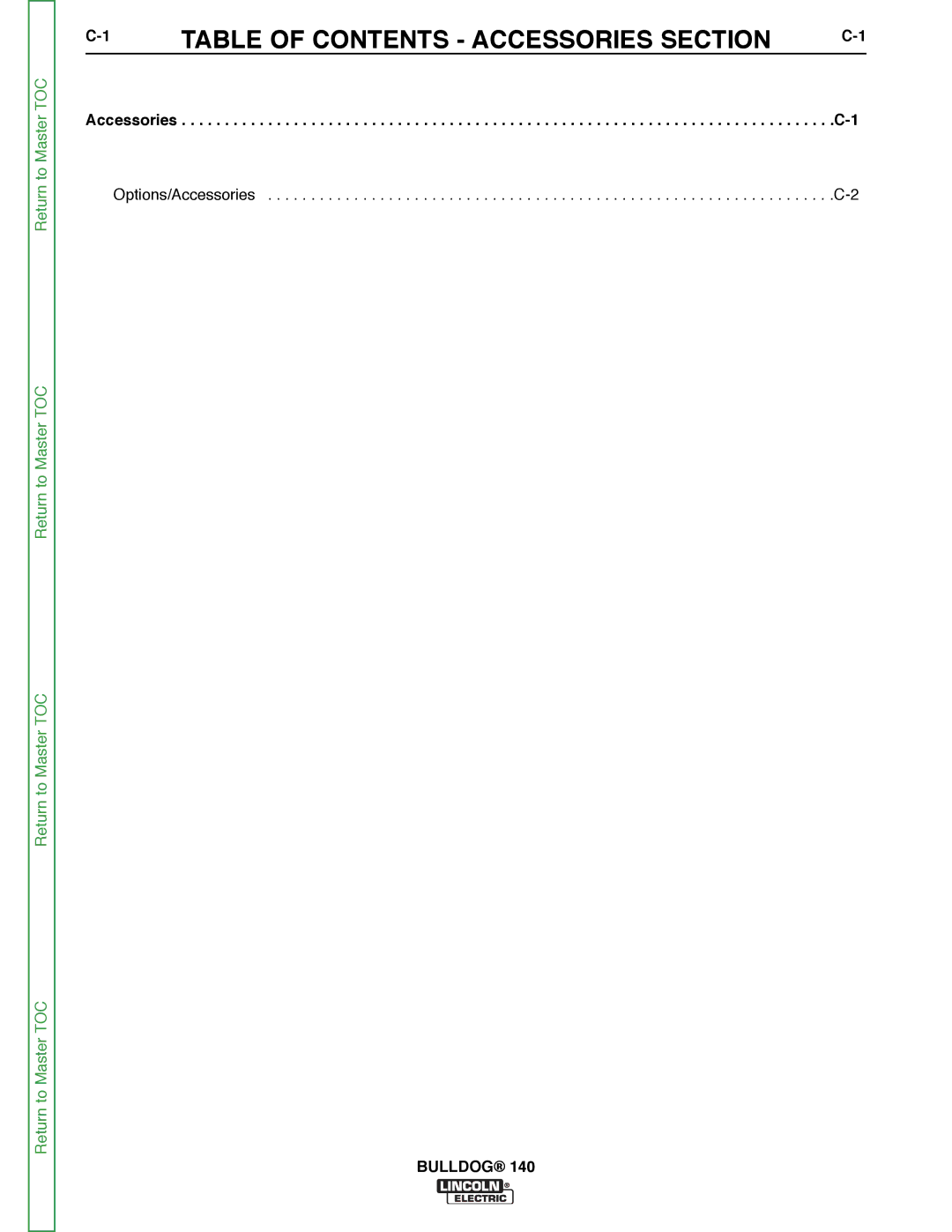
INSTALLATION | ||
|
Return to Master TOC
STACKING
Bulldog® 140 machines CANNOT be stacked.
TILTING
Place the machine on a secure, level surface whenev- er you use it or store it. Any surfaces you place it on other than the ground must be firm,
The gasoline engine is designed to run in a level posi- tion for best performance. It can operate at an angle, but this should never be more than 15 degrees in any direction. If you do operate it at a slight angle, be sure to check the oil regularly and keep the oil level full. Also, fuel capacity will be a little less at an angle.
OIL
The Bulldog® 140 is shipped with the engine filled with SAE 10W30 oil. CHECK THE OIL LEVEL BEFORE YOU START THE ENGINE. This is an added precau- tion. Do not screw in dipstick when checking oil level. DO NOT OVERFILL. Be sure the fill plug is tight after servicing.
FUEL
Fill the fuel tank with clean, fresh, regular grade (mini- mum 87 octane lead free gasoline. DO NOT MIX OIL WITH GAS. The Bulldog® 140 capacity is approxi- mately 6.8 gallons (25.74 Liter). DO NOT OVERFILL, allow room in the fuel tank for fuel expansion.
Return to Section TOC
Return to Section TOC
Return to Section TOC
Return to Section TOC
Return to Master TOC
Return to Master TOC
Return to Master TOC
LIFTING
The Bulldog® 140 should be lifted by two people. (See Specification section for weight). The LowLift™ grab bars on both ends make lifting easier.
PRE-OPERATION ENGINE SERVICE
Read and understand the engine operating and maintenance instructions supplied with this machine before you operate the Bulldog® 140.
![]() WARNING
WARNING
•Keep hands away from muffler or HOT engine parts.
•Stop the engine when fueling.
•Do not smoke when fueling.
•Remove fuel cap slowly to release pressure.
•Do not overfill tank.
•Wipe up spilled fuel and allow fumes to clear before starting engine.
•Keep sparks and flame away from tank.
SPARK ARRESTER
Some federal, state or local laws may require gasoline engines to be equipped with exhaust spark arresters when they are operated in certain locations where unarrested sparks may present a fire hazard. The standard muffler included with this machine does qual- ify as a spark arrester.
Bulldog® 140 Typical Fuel Consumption
| Robin / Subaru 10 HP Carb. |
| Certified EX 30 |
|
|
No Load | .31 Gallons/Hour |
3750 RPM ±100 R.P.M. | (1.16 Liters/Hour) |
|
|
AC CC Weld Output | .53 Gallons/Hour |
80 Amps @ 25 Volts | (2.02 Liters/Hour) |
|
|
Auxiliary Power 4000 | .70 Gallons/Hour |
Watts (120/240 Volts) | (2.65 Liters/Hour) |
|
|
BULLDOG® 140
